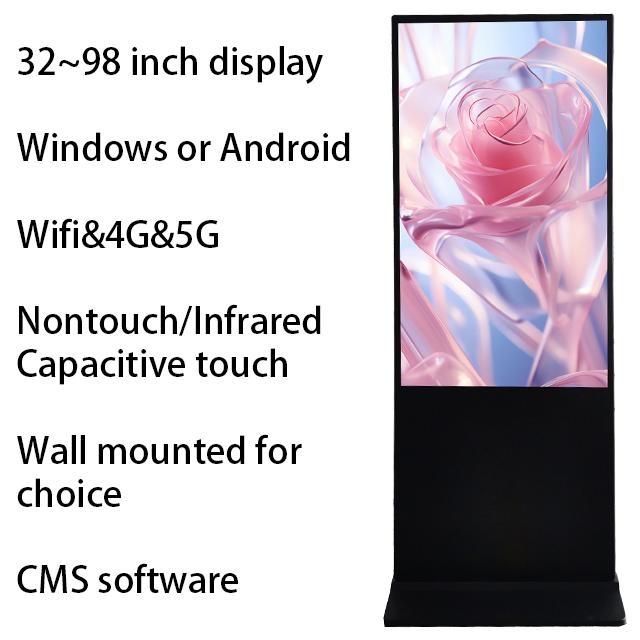Introduction to Digital Signage Kiosks
Digital signage kiosks are innovative devices that have transformed the way information is displayed and communicated in public spaces. These self-service terminals utilize digital screens to deliver dynamic content, including advertisements, informational displays, and interactive applications. As technology advances, digital signage kiosks have become essential tools for businesses and organizations looking to engage their audiences effectively.
Key Features
One of the primary features of digital signage kiosks is their ability to display high-quality content. Equipped with LED or LCD screens, these kiosks can present vibrant images and videos, capturing the attention of passersby. Many models are designed for outdoor use, featuring weatherproof casings and anti-glare technology, ensuring visibility in various lighting conditions.
Interactivity is another significant aspect of digital signage kiosks. Many units come with touch screens, allowing users to navigate through information, access services, or make purchases directly. This interactive capability enhances user engagement and provides a more personalized experience, making it easier for customers to find what they need.
Applications
Digital signage kiosks are utilized across a wide range of industries. In retail, they serve as interactive displays for product promotions and information, helping to drive sales and improve customer satisfaction. In transportation hubs, such as airports and train stations, kiosks provide real-time information about schedules, directions, and services, enhancing the overall passenger experience.
Healthcare facilities also benefit from digital signage kiosks by using them for patient check-in, wayfinding, and displaying important health information. Educational institutions employ these kiosks to share announcements, event information, and campus maps, fostering a more informed community.
Advantages
The advantages of digital signage kiosks are numerous. They reduce the need for printed materials, which can be costly and environmentally unfriendly. Content can be easily updated remotely, allowing businesses to respond quickly to changes in promotions or information. Additionally, the analytics capabilities of many kiosks enable organizations to track user interactions, providing valuable insights into customer behavior.
Conclusion
In conclusion, digital signage kiosks are a powerful tool for communication and engagement in today’s fast-paced world. Their ability to display dynamic content, provide interactivity, and serve various industries makes them a valuable asset for businesses seeking to enhance customer experiences. As technology continues to evolve, the role of digital signage kiosks will undoubtedly expand, shaping the future of information dissemination.


